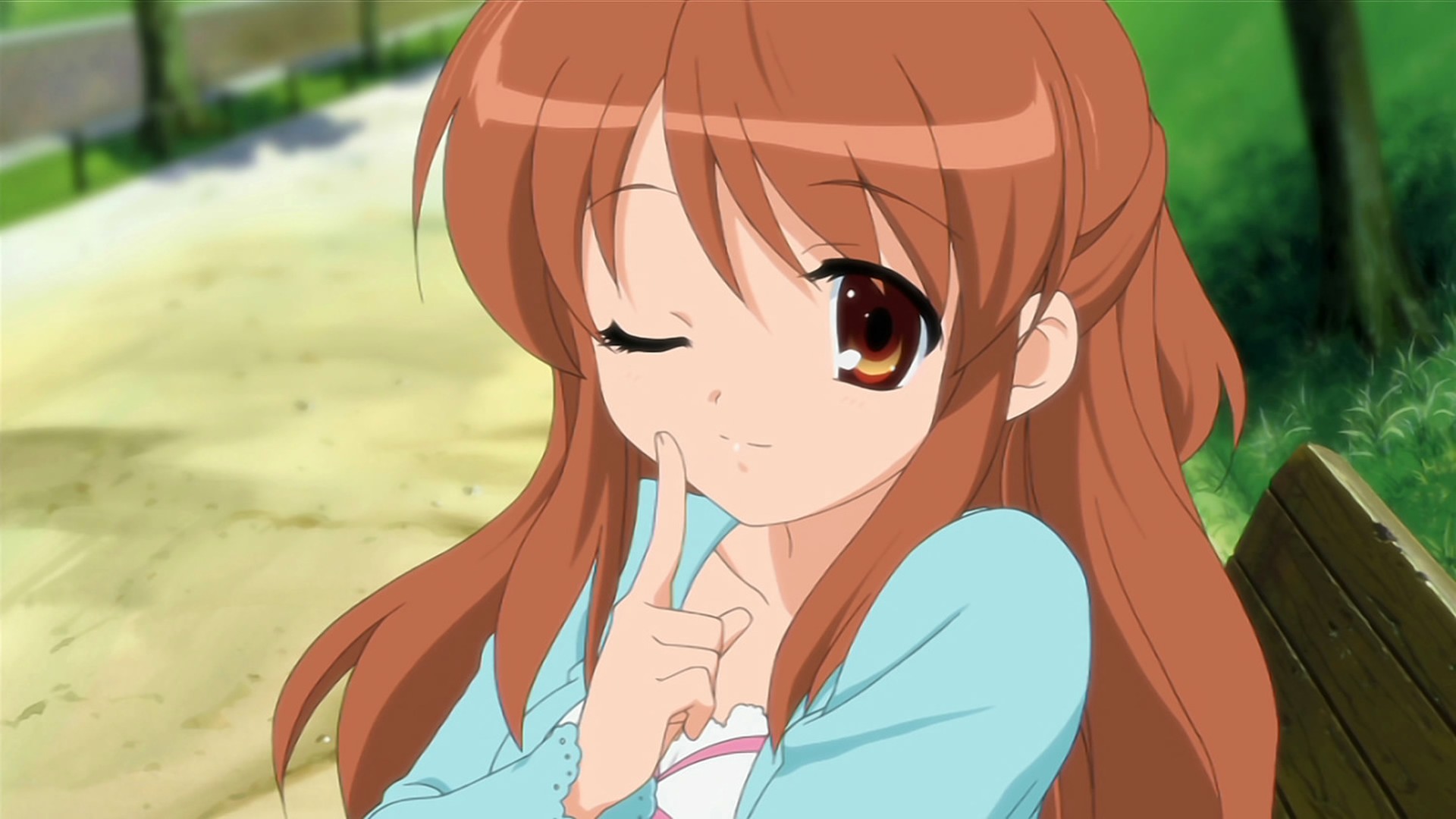A show that was designed to have something for everyone.
The Melancholy of Haruhi Suzumiya (Suzumiya Haruhi no Yuuutsu) is pretty much universally considered to be one of the — if not simply the — greatest anime of the 2000s. If you were an anime fan back in those days then you really need no introduction to the show.
However, while many other smashing-hit titles' success can easily be traced back to their original formula or perhaps some other highly exceptional trait — the story and adventures of Haruhi and her clubmates do not seem to be all that different from many other anime shows that were airing at the time.
So what was its secret?
Well, browsing along its many dedicated fan sites one might stumble upon a highly peculiar theory — a theory stating the ultimate key to the success of The Melancholy of Haruhi Suzumiya was its amalgamation of each and every popular anime trend that existed at the time. Sounds unlikely? Not upon a closer examination.
So, what do we have?
Haruhi Suzumiya herself is a tsundere, Asahina Mikuru is an entirely moe character, which the story itself openly tells the viewer on at least a couple of occasions. Nagato Yuki is a kuudere character — and not only just that but also one very resembling Rei Ayanami — from Neon Genesis Evangelion — who was extremely popular in the 2000s with many outlets naming her (and Asuka) as the most cosplayed anime characters ever.
Do you start to see a pattern here?
However, that's not the end of the story yet as there's also the metaphorical icing on the cake in the form of Kyon's character who is, by all accounts, nothing but an empty male avatar with zero personality whose sole intention in the story is to allow the audience members to easily imagine themselves in his place.

At the same time, this idea applies not only to the characters but also to the story itself with its various chapters combining and referencing many of the popular anime genres of the time — slice of life, school rom-com, detective etc.
Thus it really seems like Haruhi simultaneously reaches every possible viewer group in existence making sure that there's almost a full guarantee that each member of its audience will certainly find something that resonates with them. Of course, entirely attributing the show's smashing success to this kind of approach will probably be a mistake, and yet it most definitely is something that should not be underestimated.

